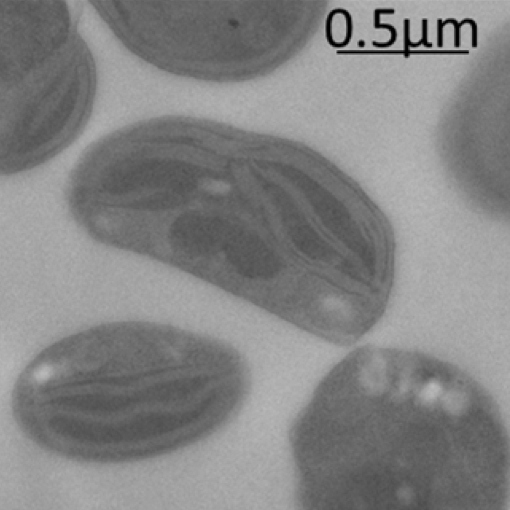Membrane homeostasis and transcriptional control in response to temperature
 Context
Context
The viscosity of biomembranes must remain optimal for the maintenance of cellular functions. However, temperature variations have an impact on this viscosity, making the membranes more rigid in the cold and more fluid in the heat. This physical phenomenon is counterbalanced by a rapid biological response that allows the membranes to acclimate. The lipid composition is notably adapted through the transcriptional regulation of lipid metabolism genes. Among these genes, fatty acid desaturases (FADs), which produce unsaturated fatty acids, are the most early regulated in a variety of organisms. The membrane sensors and transcription factors (TFs) upstream of the reprogramming of lipid metabolism remain poorly understood in most eukaryotes, including microalgae.

 Biological model
Biological model
The picoalga
Ostreococcus tauri is a minimal photosynthetic model for which genetic resources and tools are available.
O. tauri emerged early in the green lineage and displays features that have been conserved in the Chromista lineage but lost in the green lineage. We therefore expect that knowledge acquired on
O. tauri can be inferred to other marine microalga species.
 Objectives
Objectives
Our objective is to identify TFs driving the expression of lipid genes involved in membrane adaptation to temperature. Some of these TFs are likely to be master transcriptional regulators for the reprogramming of lipid metabolism and/or to be regulated in short-circuit by membranes sensors. Our first aim is to reconstruct the gene regulatory network underpinning the compositional changes of membrane lipids according to temperature. Among these TFs, those that are directly regulated by changes of membrane physical state are expected to be tighly regulated by membrane thermometers. At longer term, we aim at identifying these membrane thermometers.